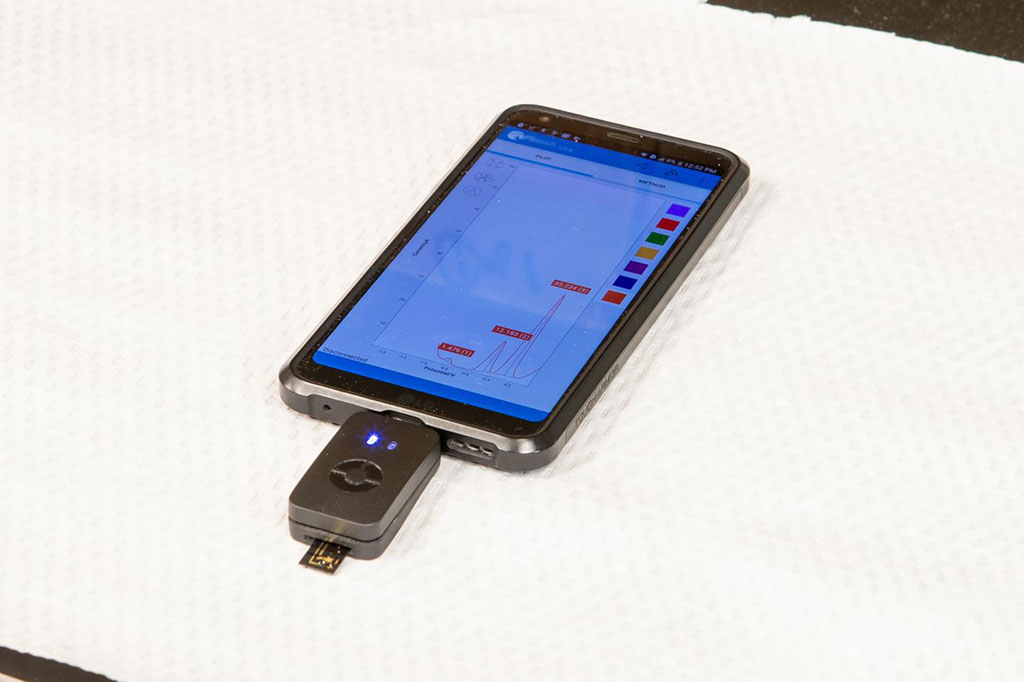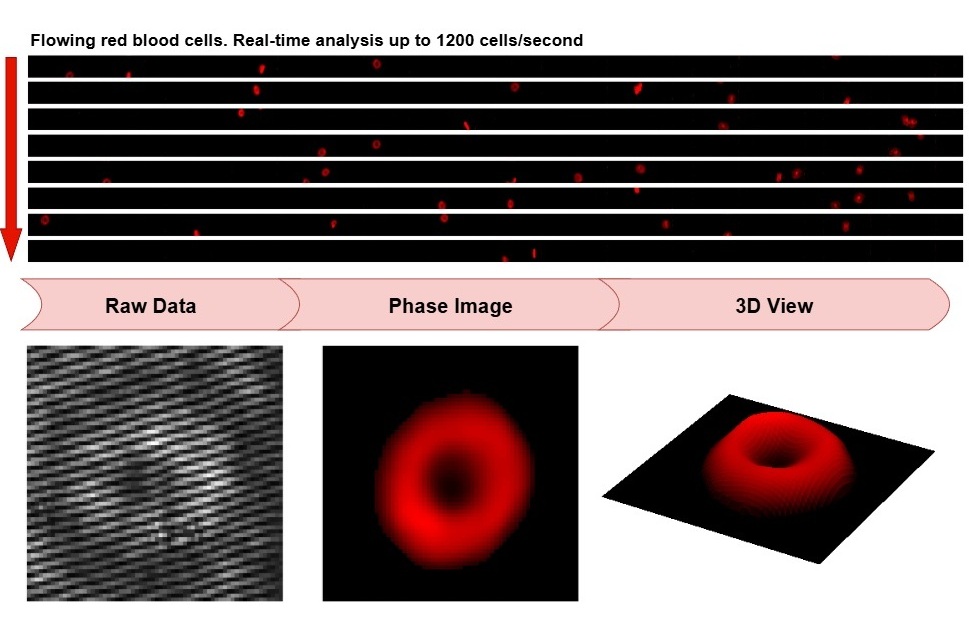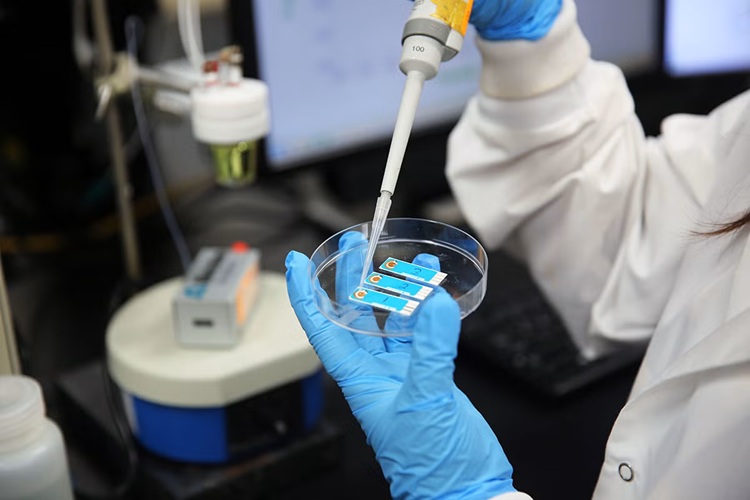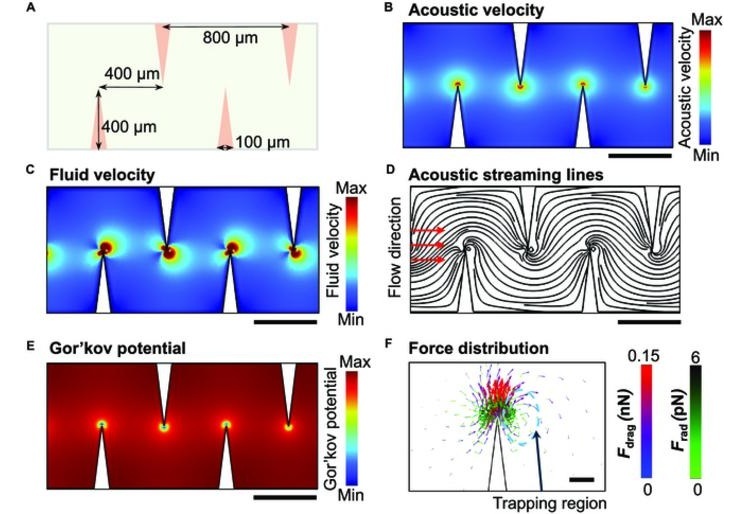An Electrochemical Bio-barcode Device for Home Disease Monitoring and Diagnosis
By LabMedica International staff writers
Posted on 28 Oct 2020
A point-of-care (POC) electrochemical bio‐barcode device and assay system have been developed to enable analysis of protein biomarkers in undiluted and unprocessed human plasma samples.Posted on 28 Oct 2020
There is a need for biosensing systems that can be operated at the POC for disease screening and diagnostics and health monitoring. In spite of this, simple to operate systems with the required analytical sensitivity and specificity for clinical samples remain a rarity.

Image: A recently developed electrochemical bio‐barcode device paired with a smartphone enables cancer patients to read critical biomarker levels at home in samples of self-drawn blood (Photo courtesy of Georgia Kirkos, McMaster University)
To correct this situation investigators at McMaster University (Hamilton, Canada) and Brock University (St. Catharines, Canada) devised an electrochemical bio‐barcode assay (e‐biobarcode assay) that integrated biorecognition with signal transduction using molecular (DNA/protein) machines and signal readout using nanostructured electrodes.
The design of the e‐biobarcode assay eliminated multistep processing and used a single step for analysis following sample collection into the reagent tube. In use, a drop of blood is added to a vial of reactive solution, and a small amount of the mixture is placed onto a strip and inserted into a reader. In minutes, the device determines the concentration of an antigen.
In the current study, the investigators demonstrated the clinically relevant determination of prostate specific antigen (PSA) - the biomarker for prostate cancer - in undiluted and unprocessed human plasma.
"This is another step toward truly personalized medicine," said senior author Dr. Leyla Soleymani, associate professor of engineering physics at McMaster University. "We are getting away from centralized, lab-based equipment for this kind of testing. This would make monitoring much more accessible and cut down on the number of times patients need to leave home to provide blood samples."
"Once commercialized, this device will be a paradigm shift for cancer diagnosis and prognosis," said contributing author Dr. Feng Li, associate professor of chemistry at Brock University. "Since this device is a lot more accessible and user-friendly than conventional technologies, patients will be more willing to use it, which can improve clinical outcomes and save lives."
The e‐biobarcode assay was described in the October 7, 2020, online edition of the journal Angewandte Chemie.
Related Links:
McMaster University
Brock University









 assay.jpg)




